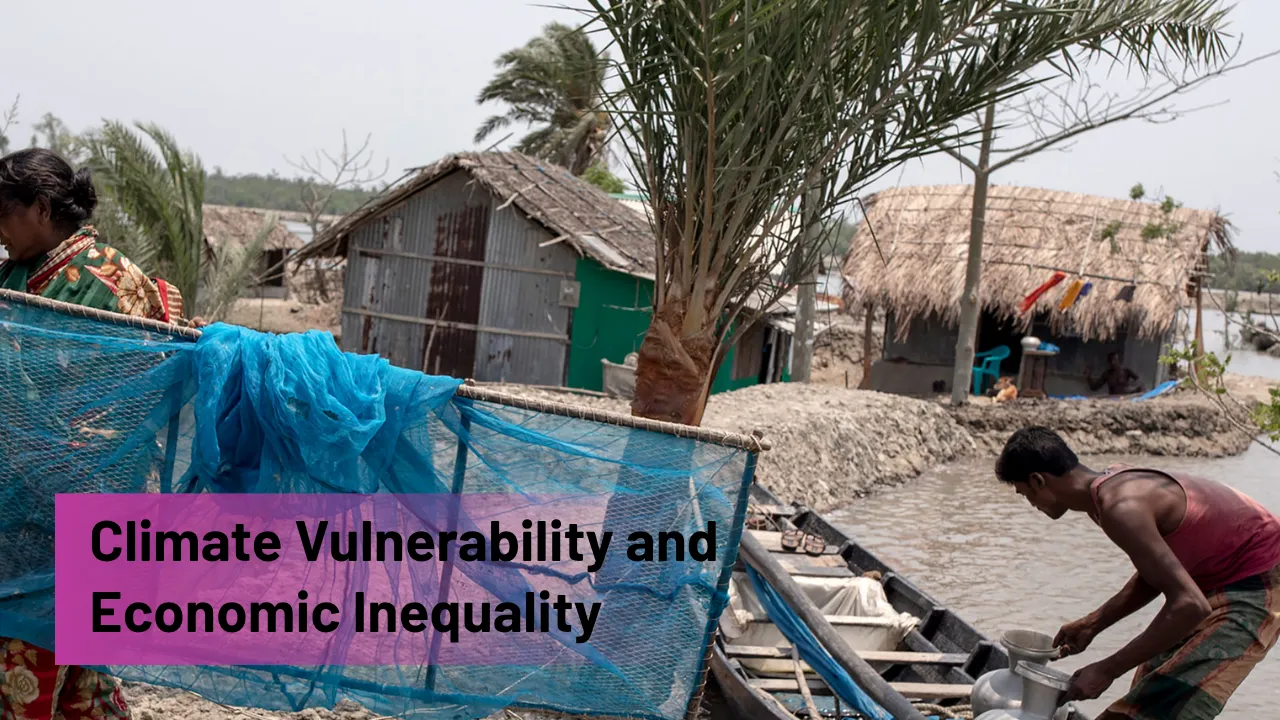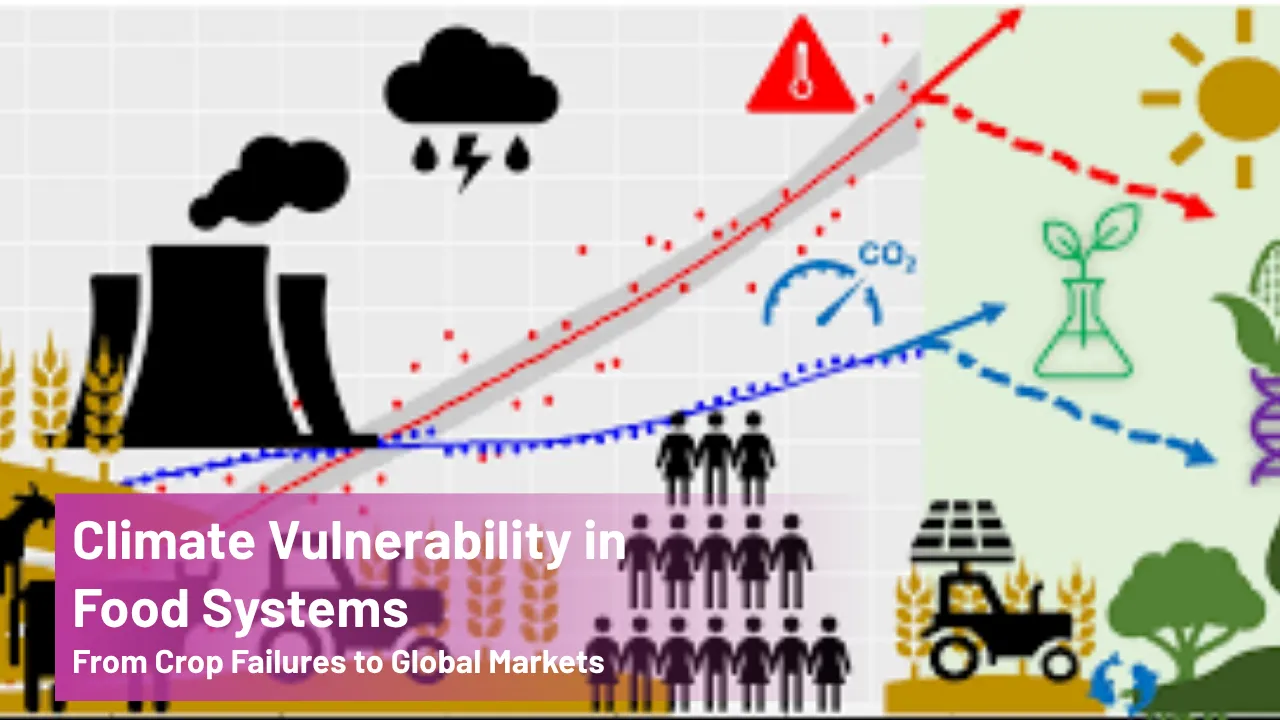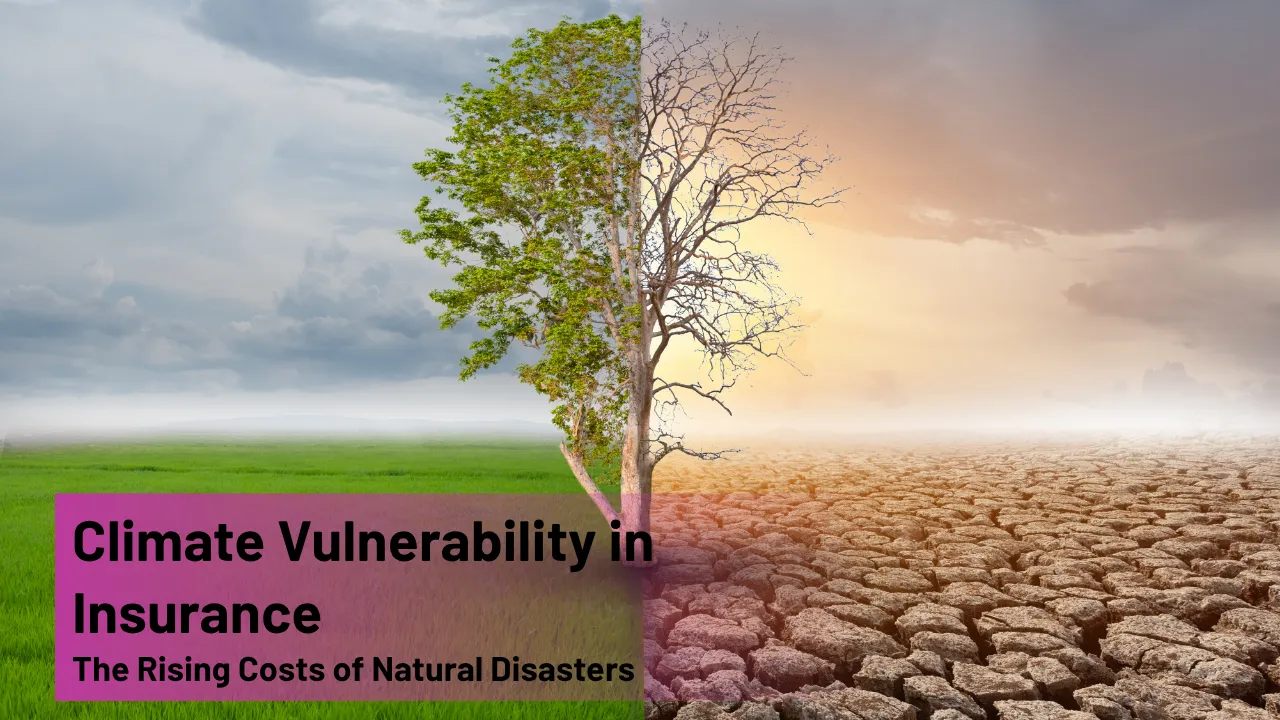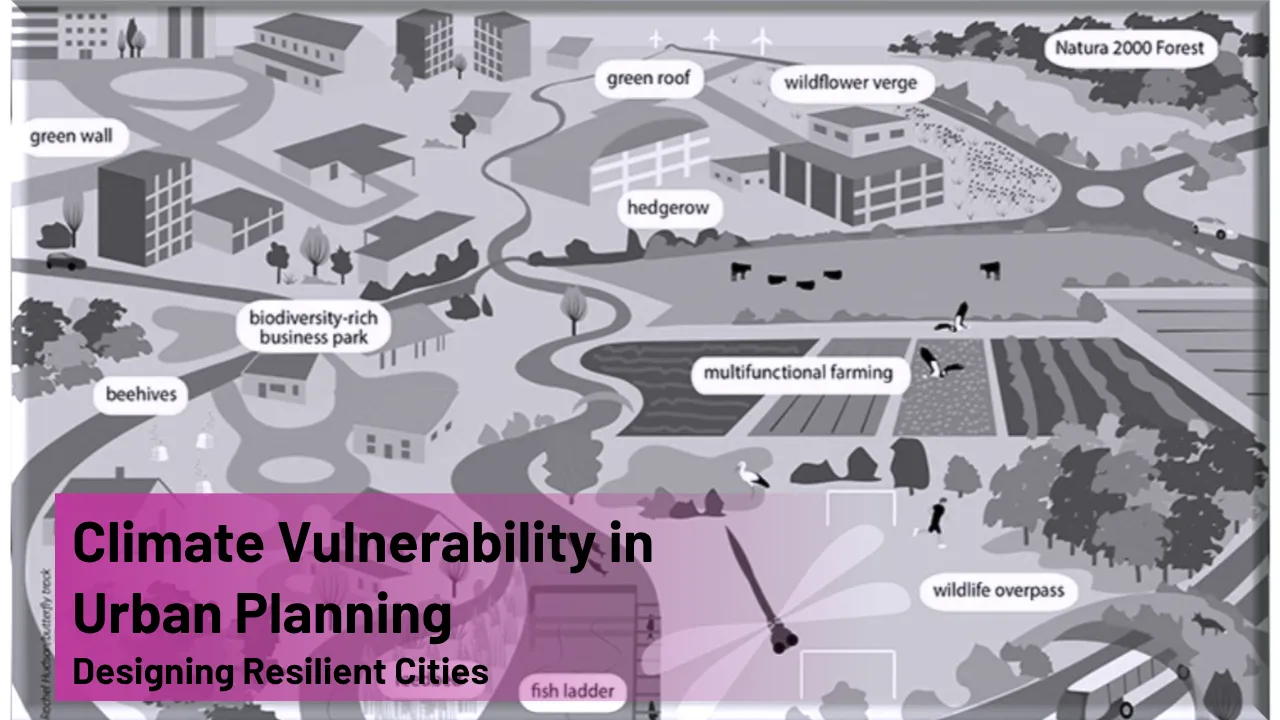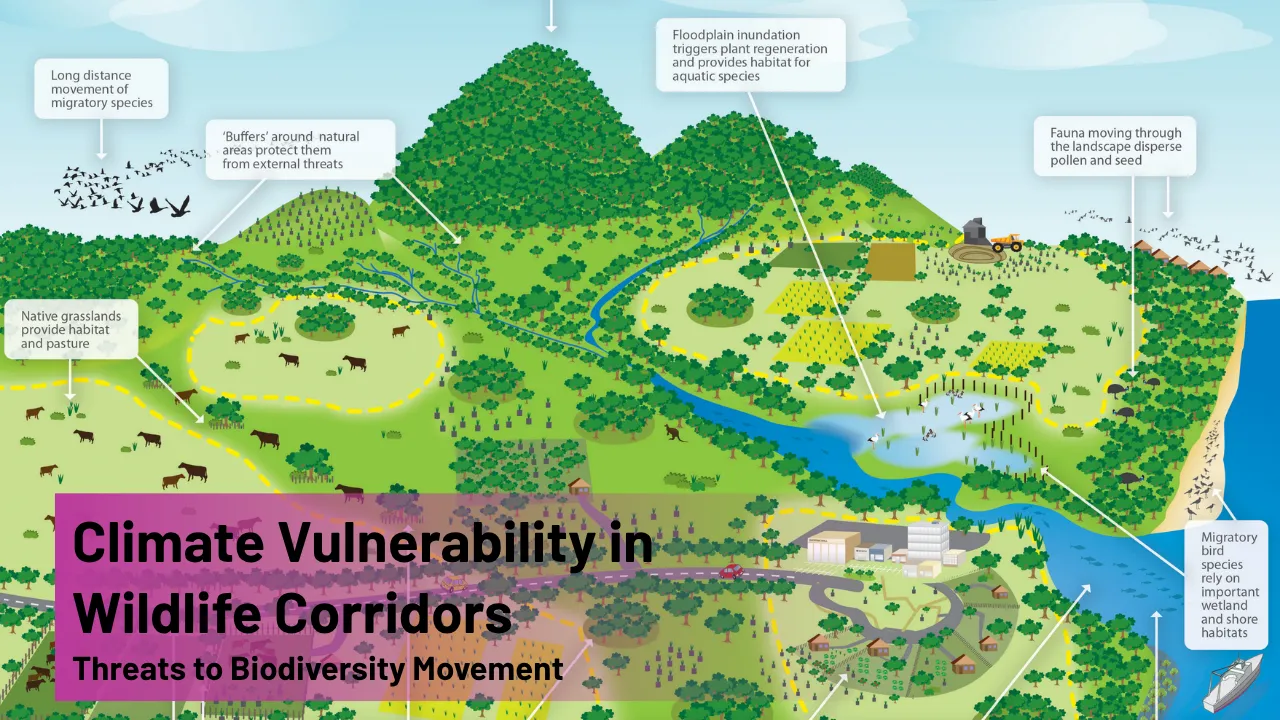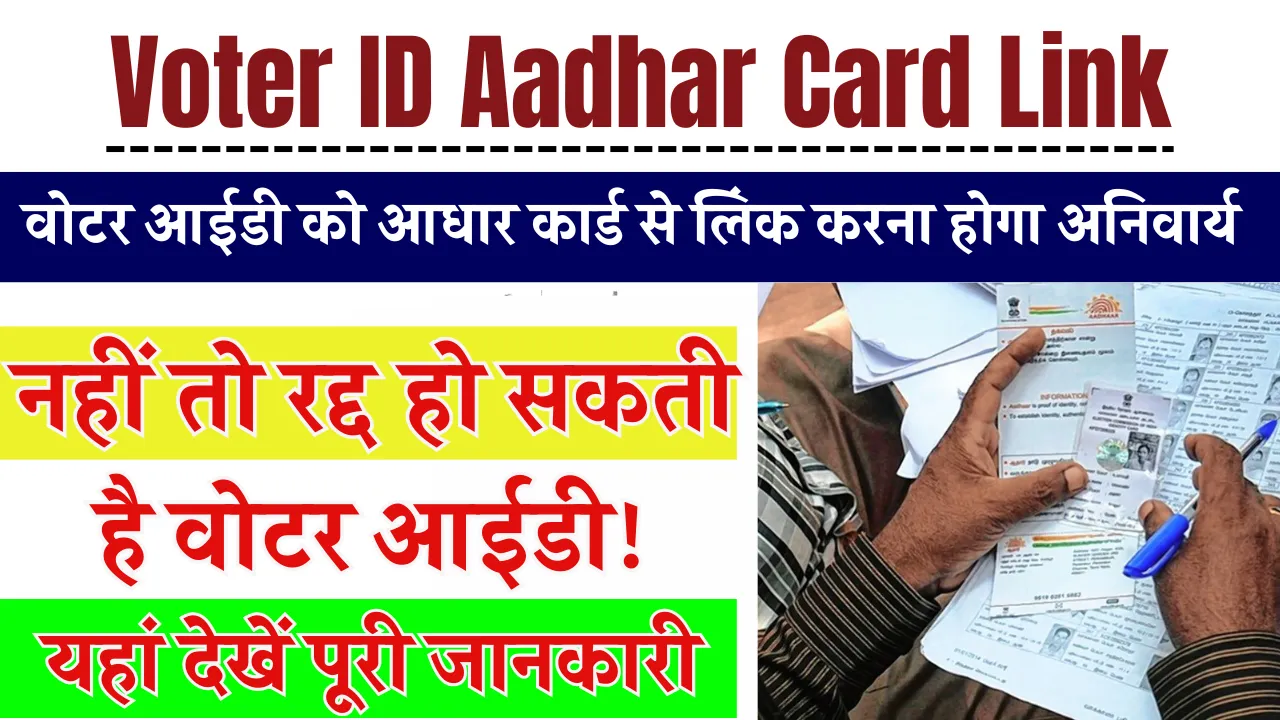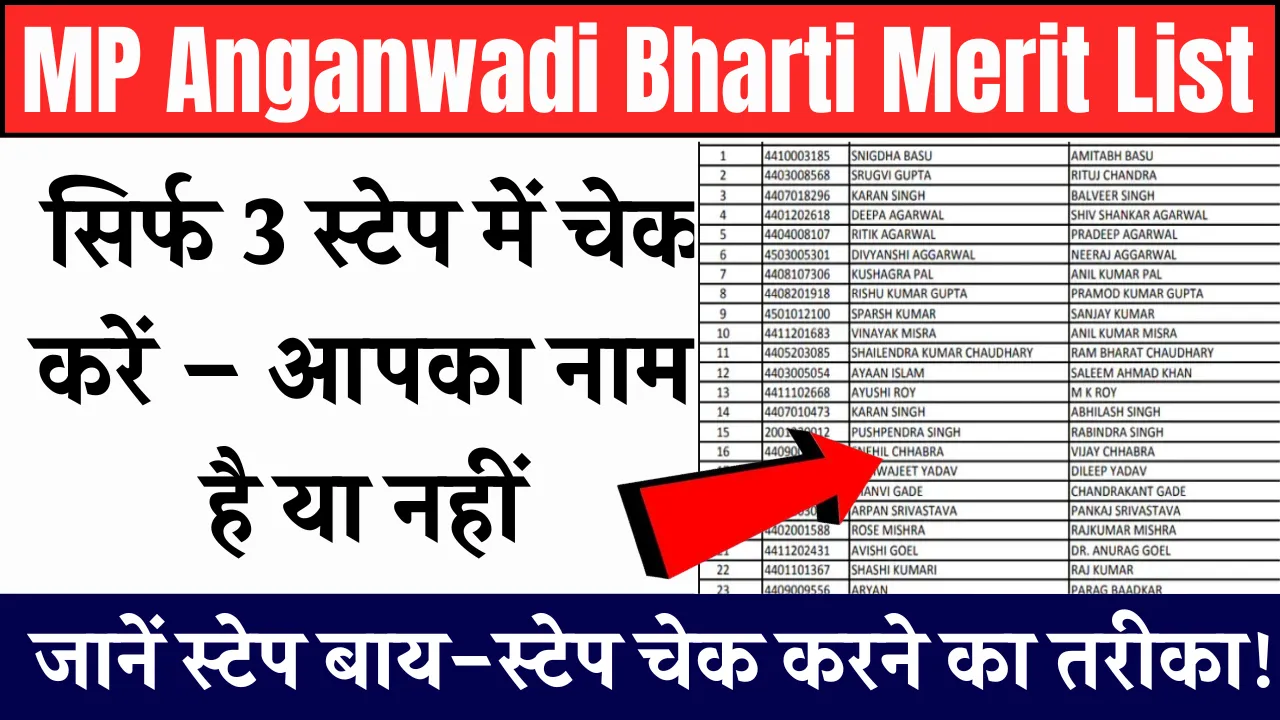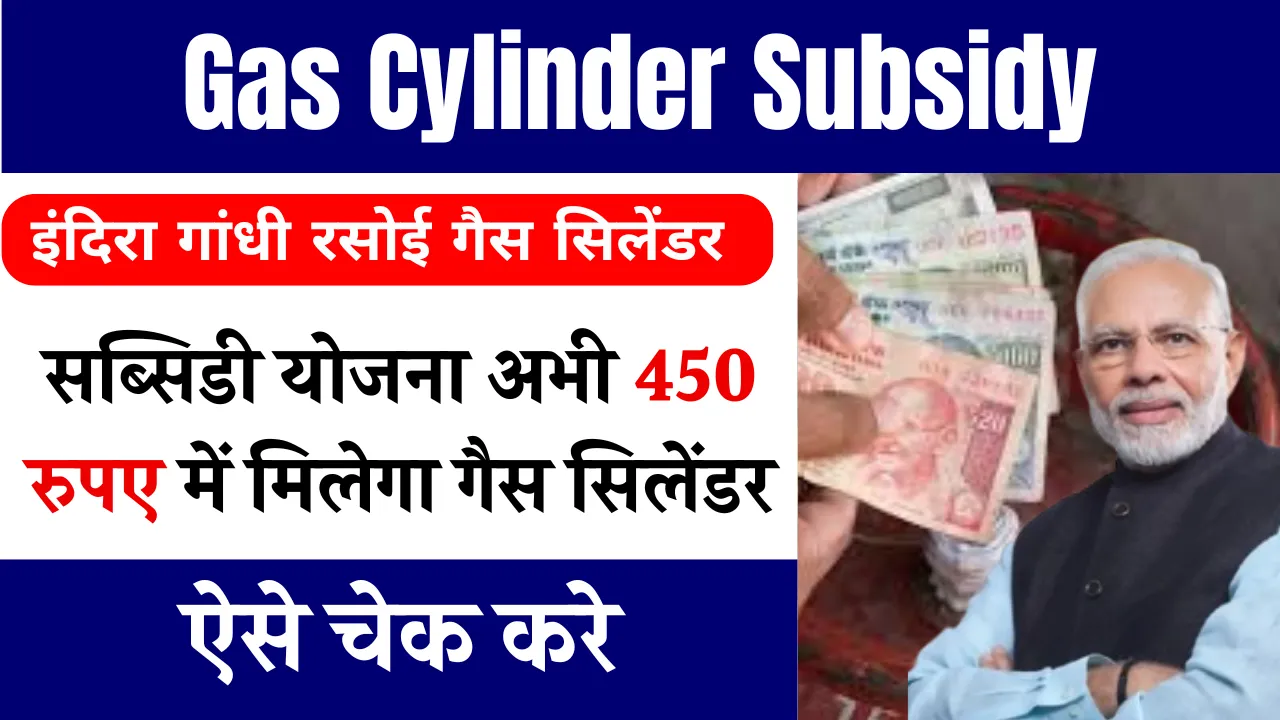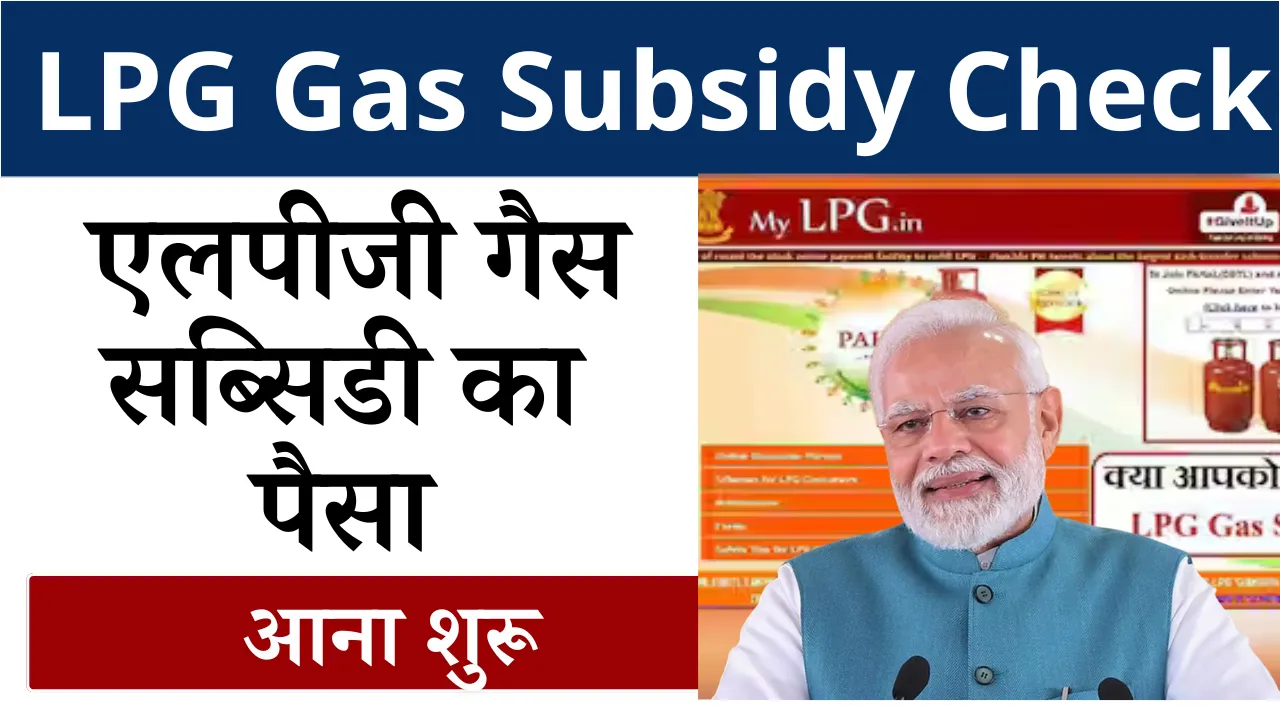Climate Vulnerability and Economic Inequality: Climate vulnerability is not just a technical term—it’s a harsh reality for billions of people around the world. It’s about how certain populations, especially those already facing poverty and inequality, suffer more when climate disasters strike. These events hit harder, last longer, and leave deeper scars when communities lack the resources to protect or rebuild their lives. And unfortunately, this is not some far-off warning; it’s happening right now.
This article takes a close look at how poverty intensifies climate vulnerability, revealing the deep connection between environmental risk and economic inequality. From housing and health to income and education, the most disadvantaged people often find themselves on the front lines of a crisis they didn’t cause. We will explore the key causes, real-life consequences, and essential solutions, all while showing how reducing inequality is central to building true climate resilience.
Understanding Climate Vulnerability
Climate vulnerability refers to the degree to which individuals or groups are exposed to and unable to cope with the effects of climate change. It’s shaped by multiple factors, including geography, infrastructure, economic status, and social systems. Poorer communities, whether urban or rural, often live in high-risk zones with little protection. They have fewer resources, limited access to information, and inadequate public services. This makes it harder for them to prepare for disasters, survive them, and recover afterward. As a result, economic inequality directly influences who suffers most when floods, droughts, storms, or heatwaves hit. Strengthening climate resilience means addressing these inequalities from the ground up.
Overview of Climate Vulnerability and Its Root Causes
| Factor | How It Contributes to Climate Vulnerability |
| Poverty | Limits access to safe housing, food, and healthcare |
| Economic Inequality | Unequal distribution of disaster relief and recovery funds |
| Poor Infrastructure | Increases exposure to floods, heat, and extreme weather |
| Limited Education | Reduces awareness and readiness for climate risks |
| Social Marginalization | Excludes vulnerable groups from decision-making |
| Location | Low-income housing is often built in high-risk environments |
The Link Between Poverty and Climate Vulnerability
People living in poverty are hit first and worst by climate change impact. They often live in flood zones, dry agricultural areas, or poorly built urban housing that offer little to no protection during extreme weather. Their homes may not be strong enough to survive a storm, nor insured to help recover afterward.
Moreover, those in poverty typically work in sectors like farming, fishing, or informal labor, which are highly sensitive to environmental disruptions. When a drought dries up crops or a storm wipes out a local market, these families are left without income or food. With no savings and no safety net, recovery becomes nearly impossible—deepening the cycle of poverty.
Lack of Resources and Recovery Challenges
When disasters strike, access to basic services becomes a lifeline. But for low-income communities, this access is often limited or entirely missing. Emergency shelters may be too far, healthcare unaffordable, and food or clean water in short supply. As a result, health risks grow, and mortality rates rise among the most vulnerable populations.
In the long term, the absence of recovery tools—such as insurance, credit, or community rebuilding programs—prevents people from bouncing back. They may rebuild using the same unsafe materials, relocate to even more dangerous areas, or go further into debt just to survive. This lack of climate adaptation resources keeps them in a cycle of risk and recovery.
Urban vs. Rural Impact
While the challenges may differ, both urban and rural low-income communities face major threats from climate change:
Urban poor: Slum areas in growing cities are often overcrowded, lack basic services, and are built on unstable land. Urban heatwaves, poor air quality, and flooding take a massive toll on families living in these conditions. The lack of cooling systems, sanitation, or emergency response makes cities hazardous for the economically vulnerable.
Rural poor: In rural areas, dependence on agriculture and isolation make climate shocks even more devastating. Droughts ruin crops, while heavy rains destroy unpaved roads, making it impossible to access markets, schools, or hospitals. Government support is slow to arrive, if at all, further straining these fragile communities.
Climate Policies Often Leave the Poor Behind
Despite growing awareness of the climate change impact, many national and international policies fail to address the real needs of the poor. Investments in renewable energy, disaster mitigation, or urban planning often exclude the voices and realities of those living in poverty.
For instance, relocating communities from flood-prone areas may sound like a smart climate strategy, but without proper planning, it ends up displacing families and cutting them off from jobs, schools, and social networks. Similarly, transitioning to green energy may raise costs for the poor if subsidies and affordable access are not guaranteed.
Without targeted efforts to reduce infrastructure inequality and increase social inclusion, climate action can widen the very gaps it aims to close.
Key Factors That Increase Climate Vulnerability
- Weak Infrastructure: Poor roads, housing, and sewage systems increase disaster damage.
- Low Education Levels: People unaware of warning signs or emergency procedures suffer more.
- Health Disparities: Malnutrition, poor sanitation, and chronic disease reduce resilience.
- No Financial Buffer: Families without savings or credit fall into deeper debt after disasters.
- Discrimination and Exclusion: Gender, race, or disability can limit access to support and relief.
Global Efforts and Solutions
There is growing recognition that climate solutions must include a strong focus on economic justice. Real progress requires long-term investment in vulnerable communities and locally driven solutions. Some promising approaches include:
- Expanding micro-insurance for farmers and small businesses in climate-sensitive zones.
- Building climate-resilient homes using local materials and labor.
- Training community members in early-warning response and emergency planning.
- Funding local women-led or Indigenous climate adaptation projects.
- Creating climate funds that prioritize low-income countries and marginalized communities.
These efforts are about more than survival—they aim to build dignity, independence, and resilience from within.
How Communities Can Take Action
- Community Education Programs: Spreading awareness through schools, local media, and workshops.
- Strengthening Local Leadership: Supporting those who know their community’s needs best.
- Affordable Finance: Offering small loans or grants for sustainable farming, business, or housing.
- Partnership with NGOs: Working with nonprofits to design inclusive climate strategies.
- Access to Technology: Providing tools like solar panels, water filters, or weather alerts.
When communities are equipped and empowered, they can lead the fight against climate vulnerability themselves.
FAQs
What does climate vulnerability mean in simple terms?
It’s how at risk someone is to climate change problems like floods, heatwaves, or storms, especially if they lack resources to prepare or recover.
Why does poverty make climate change worse for some people?
Poverty limits access to safe housing, health care, and information, making it harder to deal with disasters.
How can we reduce climate vulnerability in poor communities?
Investing in education, healthcare, safe housing, and early-warning systems makes a huge difference.
Do rich and poor countries face climate change equally?
No, poorer countries and people often suffer more because they have fewer ways to protect themselves.
Can local solutions really work against global climate change?
Yes, local actions build resilience and are often more practical and effective for vulnerable communities.
Final Thought
Climate vulnerability and economic inequality are deeply linked, forming a cycle that leaves millions trapped between poverty and rising environmental risks. If we want to truly tackle climate change, we can’t ignore the social dimension. Solutions must reach beyond policies and into the heart of communities—empowering people, strengthening local systems, and building resilience from the ground up.
The future depends not only on cutting emissions but on uplifting those most exposed to the fallout. Let us be part of the change. Share your thoughts below or explore more about how the climate affects your personal journey. Every step toward awareness and action makes a difference.
